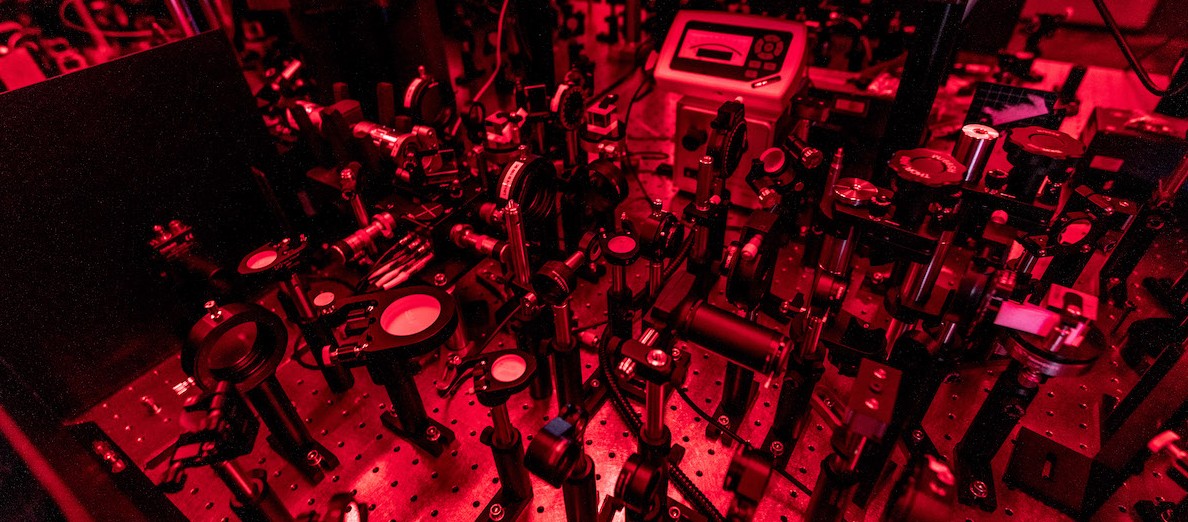Researchers at Skoltech and their colleagues proposed a photonic device from two optical resonators with liquid crystals inside them to study optical properties of this system that can be useful for future generations of optoelectronic and spinoptronic devices. The paper was published in the journal Physical Review B.
The simplest kind of optical resonator consists of two mirrors directly opposite each other, “squeezing” light between them. When you stand inside a mirror resonator, you see infinite copies of yourself in the mirrors; when a liquid crystal – the kind in your computer and smartphone screen – is placed into a much smaller and a bit more complex resonator, interesting things tend to happen. Since the orientation of the liquid crystal molecules can be changed by applying an electric current, researchers were able to control various characteristics of light propagation inside the resonator and, in some sense, simulate the operation of electronic devices that are widely used in our lives using photons.
“One of the main trends in physics now is the transition from electronic to photonic computing systems, since the latter are able to significantly increase the speed of processing and transmitting information, as well as to potentially significantly reduce energy consumption. That is why studies of various kinds of tunable photonic architectures mimicking the properties of electronic analogues attract great interest,” says Pavel Kokhanchik, MSc student at Skoltech and the paper’s first author.
Kokhanchik, Skoltech Professor Pavlos Lagoudakis and their colleagues decided to see what happens if two such optical resonators filled with liquid crystals were placed very close to each other, at a distance of several micrometers. The researchers expected to reveal new properties not inherent in a single liquid crystal microcavity (resonator), which was investigated in collaboration with colleagues from the University of Warsaw recently.
The resonators, sharing the same “pool” of photons which entangles them, behave kind of like two pendulums, which, when put in close proximity, will sync to share the same frequency. The team found that in this case, light acquires new properties, studied in a field called topological physics. These properties can be fine-tuned, so the device increases the number of physical systems that can be imitated both for fundamental studies and for practical use.
“Our work is just one small step in the huge field of research of photonic analogues of electronic solid-state systems. Fundamental research will certainly be followed by the compaction of these devices, their production on a chip on an industrial scale, and their integration into everyday devices, but at the moment this is a rather distant prospect,” Pavel Kokhanchik notes.
The scientists plan to implement a double liquid crystal cavity experimentally to demonstrate the rich physics postulated in the paper. They will also continue the research of similar double microcavity systems and study them in the light-matter strong coupling regime.
Other organizations involved in this research include the University of Southampton and the Institute of Experimental Physics of the University of Warsaw.
Contact information:
Skoltech Communications
+7 (495) 280 14 81

